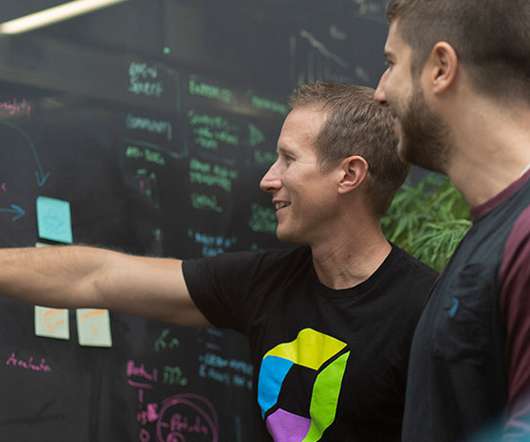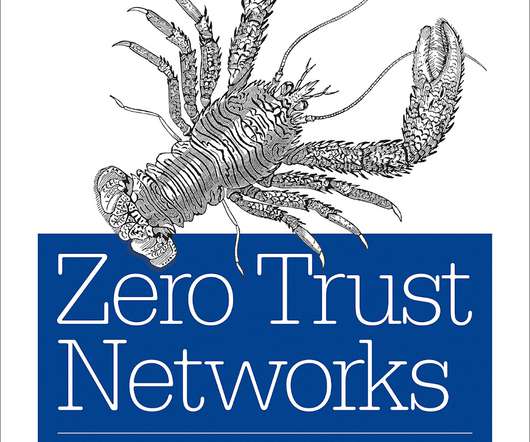What is chaos engineering?
Dynatrace
OCTOBER 28, 2021
Chaos engineering is a method of testing distributed software that deliberately introduces failure and faulty scenarios to verify its resilience in the face of random disruptions. Practitioners subject software to a controlled, simulated crisis to test for unstable behavior. Chaos engineers ask why. The history of chaos engineering.























Let's personalize your content